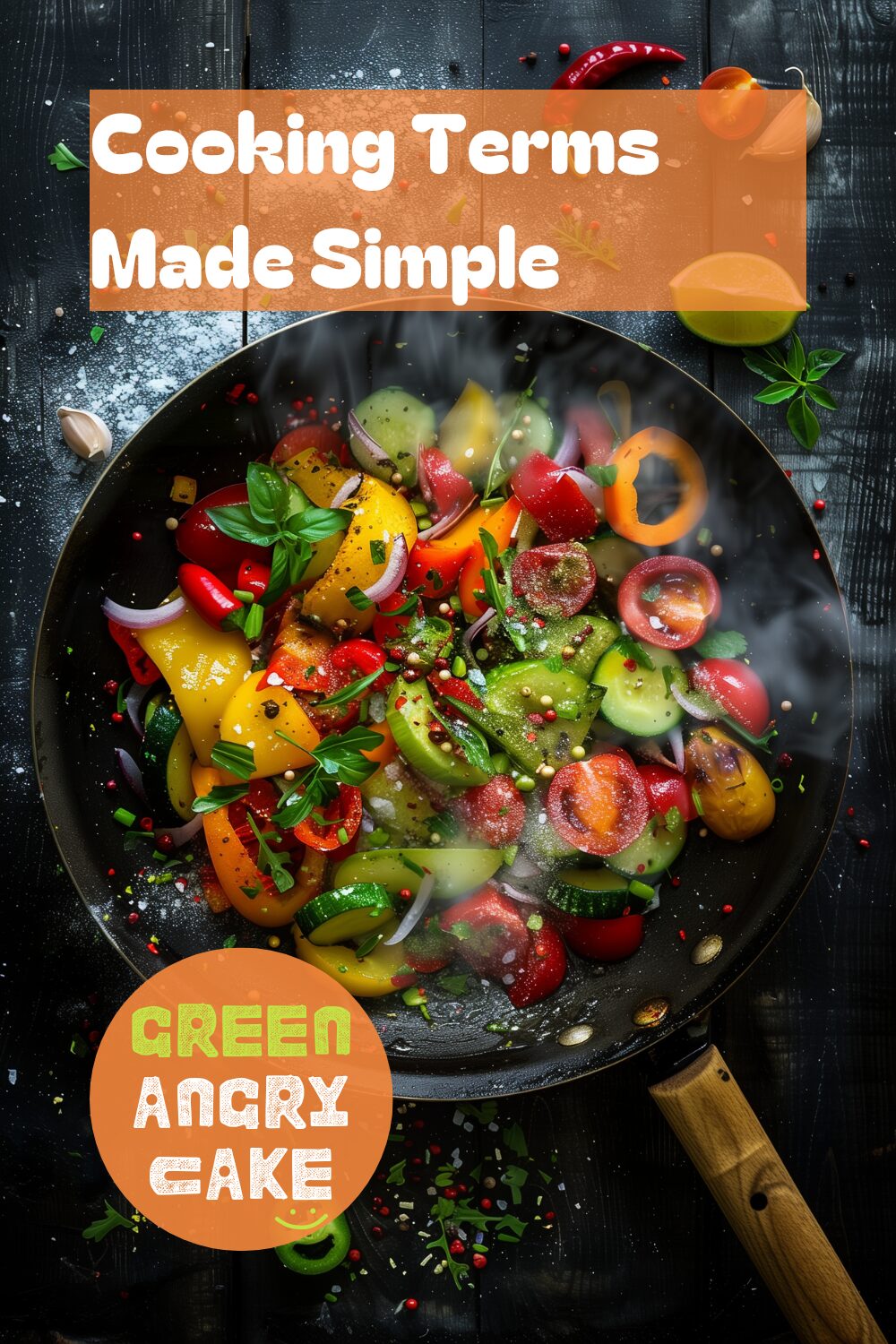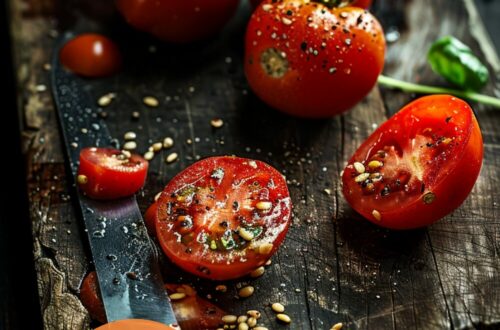
Cooking Terms Made Simple
Step-by-Step Instructions for Understanding Cooking Terms:
- Al Dente: This term usually refers to pasta that has been cooked until just tender with some bite. Not too soft! You can cook your pasta al dente by boiling it for 1-2 minutes less than stated on the packet or recipe, but times will differ depending on the type of pasta you are cooking.
- Blanch: Blanching means cooking an ingredient very quickly in boiling water. It is commonly used for vegetables when being used cold in a salad or when it has a second cooking step, such as stir-frying. Normally, you will boil the ingredient for 1-2 minutes. Sometimes the food is then plunged into iced water to stop the cooking process. This helps retain the texture and color.
- Reduce: You will probably see or hear the word reduce in cookery when referring to a sauce. You boil or simmer the liquid until it reduces in volume as the water evaporates. The flavor becomes more concentrated, and the sauce thickens.
- Render: Rendering means to melt fat from meat over low heat. You might see this when cooking fatty cuts of meat, such as bacon.
- Sauté: Sautéing is to fry something quickly over high heat. It is quite similar to stir-frying.Simmer: Simmer means to gently boil something. You can look for little bubbles in the water, but not too many!
- Sweat: This term means to gently fry without browning. For example, you sweat finely chopped onions, carrots, and celery together until they are soft and sweet to make a sofrito, which is the base of many Italian dishes.
- Cutting In: Cutting in means to mix flour and fat, such as butter, to make a breadcrumb-like texture. This can also be referred to as rubbing in.
- Creaming: Creaming is when you beat butter and sugar together in a bowl until pale and fluffy. You will normally use a wooden spoon to cream butter and sugar, but you can also use a whisk or an electric whisk.
- Whipping to Soft Peaks: Whipping cream means using a whisk, manual or electric, to beat cream until it is thick. Whipping cream to soft peaks means when you lift the whisk, the peak left will curl over.
Understanding these common cooking terms can greatly improve your cooking skills. Knowing what these terms mean and how to apply them will make following recipes much easier and more enjoyable.
Helpful Hint:
- Keep a list of these cooking terms handy in your kitchen for quick reference while cooking.
Alternative Uses for Cooking Terms:
- Cooking Classes: Use this guide as a reference in cooking classes to help students learn common terms.
- Recipe Development: Refer to these terms when developing new recipes to ensure clear and accurate instructions.
- Culinary Education: Incorporate these terms into culinary education materials for beginner chefs.



